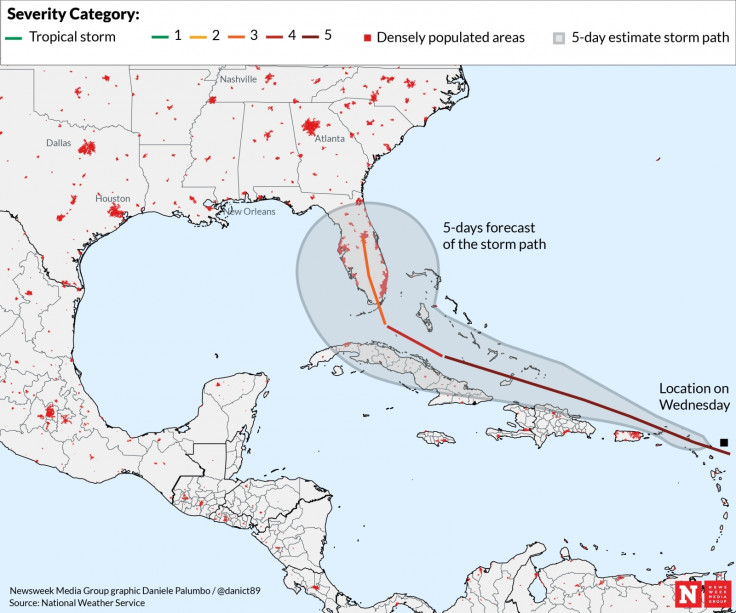Hurricane Irma leaves trail of devastation across the Caribbean
The category 5 storm is traveling across the Caribbean towards Florida.
Hurricane Irma has flattened many parts of the Caribbean as it ploughs a path of destruction towards the United States.
In the early hours of Wednesday morning (6 September) the category 5 storm with winds in excess of 185mph battered Antigua and Barbuda before continuing on to St Kitts & Nevis and Saint Martin.
Communications to the island have been interrupted with mass power outages and flash flooding leaving many stranded and isolated.
Speaking about the damage in Saint Martin, the French Interior Minister Gérard Collomb said that the four "most solid" buildings on the island had been destroyed.
Buildings on many of the Caribbean islands are susceptible to damage in storms because many of them are made without concrete foundations and roofs are often made of wood.
There have been reports of widespread damage but no word yet on any casualties.
The storm is set to continue on its current path north-west through the Caribbean with little expectation that it will ease as unseasonably warmer waters continue to fuel the storm.
Pictures m sent to our newsroom from St. Maarten after Hurricane Irma initial impact. pic.twitter.com/jTfHdvE5fy
— Eric Yutzy (@EricYutzy) September 6, 2017
It is next expected to make landfall in Puerto Rico, followed by the Dominican Republic, Cuba and Florida.
In Florida, many parts of the state in the south including the highly-populated area of Miami-Dade are being evacuated.
By the time it reaches the north of Cuba it is expected to be downgraded to a tropical storm.

Hurricane looks like largest ever recorded in the Atlantic!
— Donald J. Trump (@realDonaldTrump) September 6, 2017
To make matters worse, the third major storm in the gulf in recent weeks is set to be entering the area.
Tropical storm Jose is currently building up strength in the Atlantic and is expected to be upgraded to a hurricane in the next few hours. However the National Hurricane Center is predicting that the storm will move towards the Caribbean but move northwards into the ocean instead of making landfall.

© Copyright IBTimes 2025. All rights reserved.




















